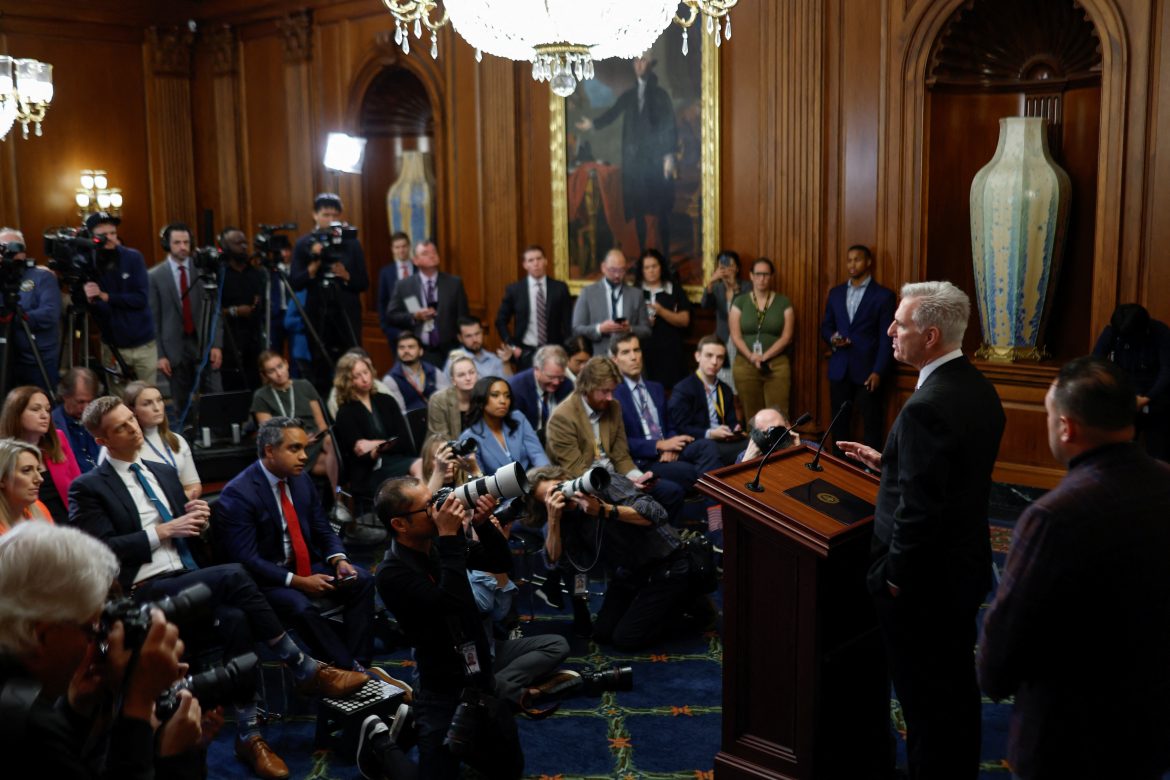WASHINGTON, D.C. — The United States entered a government shutdown at midnight after Congress failed to reach an agreement to extend federal funding. This marks the first shutdown in nearly seven years.
Lawmakers were engaged in negotiations leading up to the deadline but were unable to pass a funding measure. The absence of a deal halted new funding and forced federal agencies to suspend non-essential operations.
The shutdown affects hundreds of thousands of federal employees, many of whom face furloughs or must work without pay until funding is restored. Essential services continue, but operations in areas such as national parks and public health programs are disrupted.
The White House expressed disappointment and called for bipartisan cooperation. Officials said leaders remain engaged in discussions to secure a funding agreement.
Both chambers of Congress plan to reconvene for emergency sessions. However, no timeline for a resolution has been confirmed.
Government shutdowns have occurred in the past, with varying lengths. The current shutdown highlights challenges in the federal budget process and the difficulty of aligning fiscal policy with political priorities.
As discussions continue, federal employees and citizens face uncertainty about when funding will resume and operations will return to normal.

